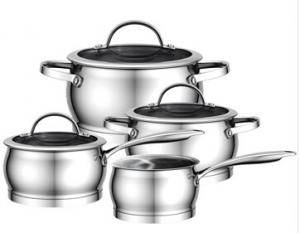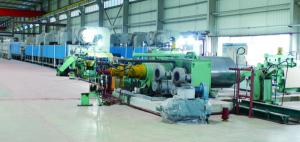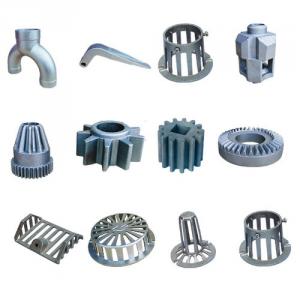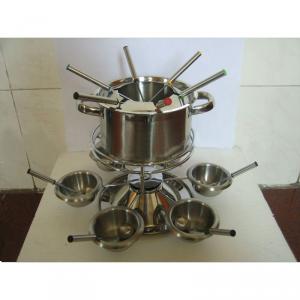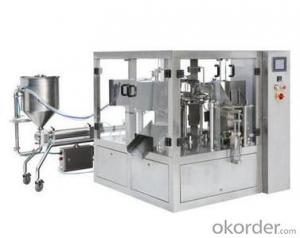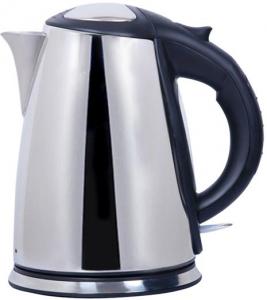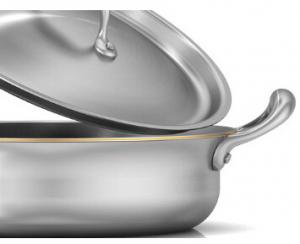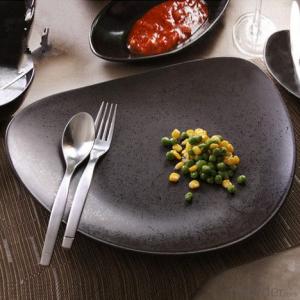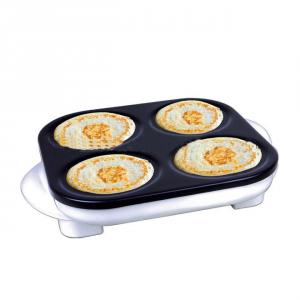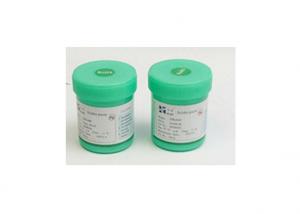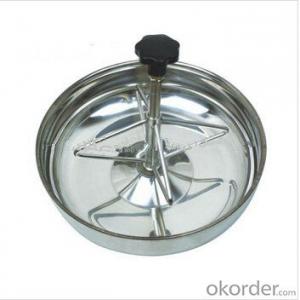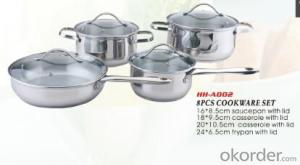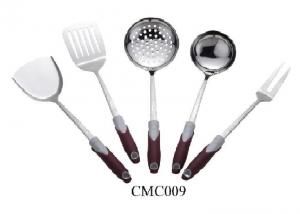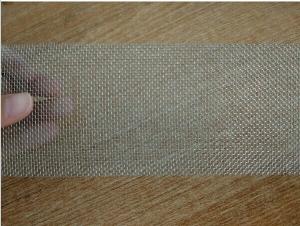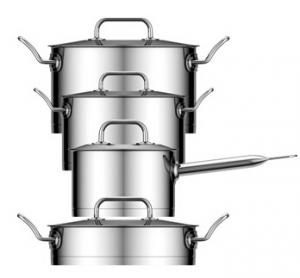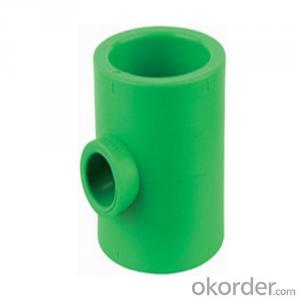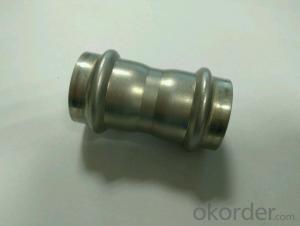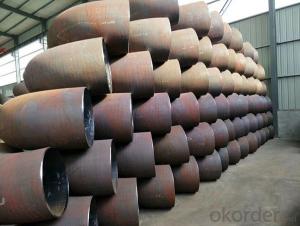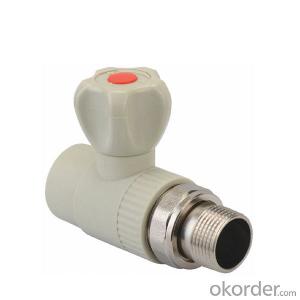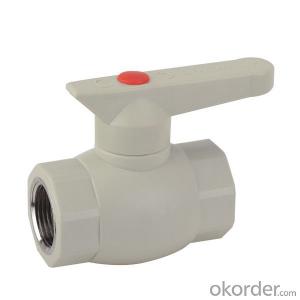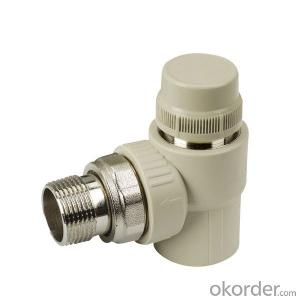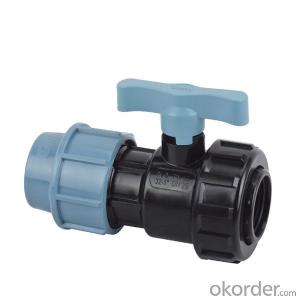Stainless Steel Pickling Paste
Stainless Steel Pickling Paste Related Searches
Pickling Of Stainless Steel Stainless Steel Pail Stainless Steel Pitting Pitting On Stainless Steel Stainless Steel Food Processor Stainless Steel Pizza Peel Stainless Steel Powder Stainless Steel Piping Stainless Steel Stamping Stainless Steel Pistol Stainless Steel Post Piercing Stainless Steel Stainless Steel Tape Powder Coating Stainless Steel Stainless Steel Piercing Stainless Steel Adhesive Food Grade Stainless Steel Stainless Steel Mixing Paddle Stainless Steel Pipe Fitting Pipe Stainless Stainless Steel Paint Stainless Steel Pads Stainless Steel Bread Maker Stainless Steel Coupling Stainless Steel Refrigeration Casting Stainless Steel Stainless Steel Glue Stainless Steel Supply Stainless Steel Pin Paint Stainless SteelStainless Steel Pickling Paste Supplier & Manufacturer from China
Stainless Steel Pickling Paste is a specialized cleaning solution designed to remove rust, scale, and other impurities from stainless steel surfaces. This paste is formulated with a blend of acids and surfactants that effectively break down and dissolve contaminants, leaving a clean, smooth surface. The product is widely used in various industries, including metal fabrication, automotive, and construction, where maintaining the integrity and appearance of stainless steel components is crucial.The application of Stainless Steel Pickling Paste is quite straightforward. It is typically applied to the surface of stainless steel materials using a brush, sponge, or spray applicator. After allowing the paste to sit for a specified period, the treated surface is then rinsed thoroughly with water to remove the paste and any loosened contaminants. This process not only restores the stainless steel's original appearance but also helps to prevent future corrosion and oxidation, ensuring the longevity and performance of the material.
Okorder.com is a leading wholesale supplier of Stainless Steel Pickling Paste, offering a vast inventory of this essential product to meet the demands of various industries. With a commitment to quality and customer satisfaction, Okorder.com ensures that the Stainless Steel Pickling Paste they provide is of the highest standard, making it a reliable choice for businesses and professionals seeking to maintain and enhance the quality of their stainless steel products.
Hot Products





